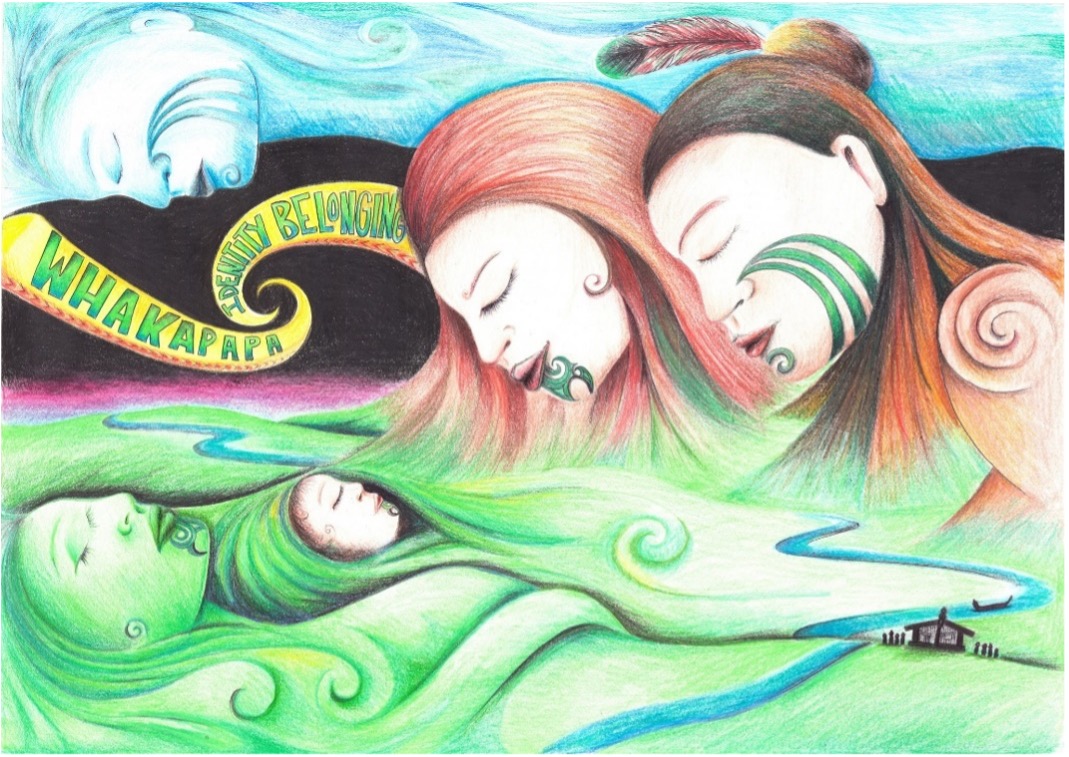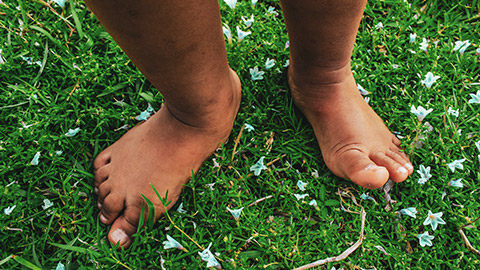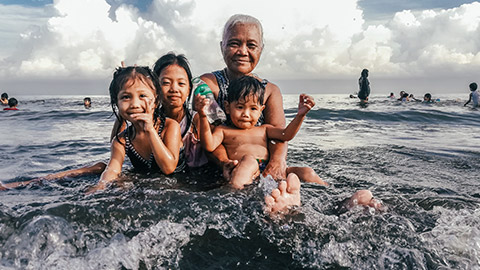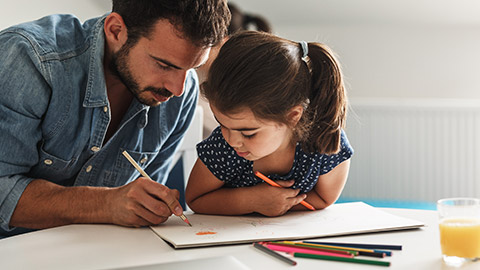Children are surrounded by different influences in their learning journey, but they always start at home. These influences act like teachers. As they reach new milestones, they start developing new ways of learning and understanding.
In the early ages, there are three main 'teachers' in a child’s life:
- Family | Whānau
- Teachers | Kaiako
- Learning Environment
First Teacher – Parents and family
This is where the child starts to make sense of his world. He will look to model adults and siblings around him for clues on how he can participate and belong.
- Culture of practices – the family's values, ethics, understanding of child-rearing, communication style
- Culture of traditional practices - also starts within the family but has broader reach; religious beliefs and rituals, community values and connection, a sense of hierarchy amongst community members and beyond, behave accordingly to fit in (community, acknowledgement, family conditions), philosophical approach for their children
- Language – first language, second language, body language, attitude, personality, personal characteristics
- Families (whānau) – support, belonging, impact of exclusion, adoption, marriages and relationships, participation, protection, partnership, extended family, chosen family
- Home learning environment - rules, boundaries, expectations, health, wealth, education, support, gathering, love, compassion, death, pets, chores, responsibilities, work, finances, eating and cooking, survival, adapting to different learning experiences.
- Elders (kaumatua) – generational family, grandparents, grand extended family, great great grandparents, 'Aunties'

"Māori have the solutions within." -- image and quote from E Tū Whānau | image
Second Teacher – Teachers | Kaiako | School community
The next influence comes from school primarily.
- Curriculum – set of textbooks, set of programme that is based on criteria established by Government legislation
- Expectations – attendance, uniform, manners, rules, boundaries, completing tasks required
- Consequences – documenting incident and informing parents, suspension or expulsion behind cohort in learning, can be a result of a lack of support, failure within an established learning system
- Identity – the child is exposed to a world that can learn to adapt, learns new ideas in their own way, learns from different teachers and different teaching styles, and understands the difference between home and outside the home (school, store, doctors, post office, etc.), a sense of self

Third Teacher - Environment
This casts the widest net and includes things like nature, weather, math, and shared spirituality (church).
- Nature – peace, freedom, no rules, changes every season, natural consequences, weather, wind, sun, moon
- Science – explored with interest, no limit for any age group, encourages a sense of curiosity and wonder
- Maths – leaves, trees, height, depth, counting, grouping and sorting
- Language – communication, poetry and song, love, kindness or aggression, learning and teaching, being humble, being proud, laughing, crying, imagination, prayer
- Spiritual – peace and comfort, prayer, looking in the sky and to ancestors, unseen energies, speaking out loud
- Social – choice, hierarchy, people, places, animals, relationships, neighbours, media, economical

"It takes a village to raise a child" is a saying found in many cultures around the world. It is not a new concept and is something that has been taught to us by our ancestors.
These ideas do not represent a cultural framework, and for example, in the Māori culture, the environment could easily be considered the first and most impacting teacher.
Children learn through many contexts, approaches, and learning styles. A meaningful learning environment supports each unique child holistically.

When creating teaching resources for our tamariki, we must consider various aspects of the activity.
- How will it help students to learn and discover new things?
- How will it encourage further learning and enquiry?
- How will it make the children feel? Will anyone feel excluded or inappropriately targeted?
- How will I communicate the expectations to the students?
These considerations will help ensure that learning resources encourage and show respect for culture, age, and level of understanding.
By creating resources that speak to the different cultures and age groups in ECE services:
- we are helping children explore their own stories of who they are and where they are from
- we speak to them in a way that they understand
- we are providing opportunities for students to learn about cultures or history that may be new to them.
When creating teaching resources, you need to think about the:
- cultural influence
- target age group
- the key message of the activity or resource.
Using colour:
The colours of Maori culture. You may notice a lot of Maori culture is shown in red, black, and white. But you would be mistaken to believe the culture doesn't embrace all the colours of the rainbow.
Activities - Resources with cultural awareness and sensitivity
Review these teaching resources to see and consider how others have created activities and resources that help create a healthy learning environment.
How to prepare resources for the target age group
- Infants (0-18 months): like sounds, colours, shapes, songs with actions, reading with sounds
- Toddlers (1-3 years): respond to colours, shapes, sounds, developing gross and fine motor skills
- Young children (2.5-5 years): further developing gross motor skills, developing intellect, enjoy an age-and-stage appropriate challenge.
Activities – Evaluating and creating teaching resources
What makes a good teaching resource and why?
Compose your answers to the following thinking points and bring them into class for discussion with your tutor.
- Give an example of an excellent resource that you may have created or one that you use in your work placement.
- Evaluate it: Why do you think this resource is particularly effective?
- Give an example of a teaching resource that you have used that has not been effective.
- What about it was not effective?
- How could you improve the resource?
Create a teaching resource
Select one of the health and safety policies in your ECE service and create a teaching resource that you can use to communicate the message to the intended audience.
- Select the age group you are targeting. You can design it for any age group — infants, toddlers, small children, parents or other kaiako in your centre or service.
- Identify a specific cultural influence this resource will reflect. Be sure to consider using appropriate colours, shapes, language, and designs
- Choose the media. It can be a poster, a song, an activity, or anything that gets your message across.
When you are designing your resource, keep your goal in mind, to ensure it will be effective.
- What are you trying to communicate?
- What is the learning outcome?
- How does your target age group learn best, and are you using this to your advantage?
When you have completed your resource, create a journal post and share it with your peers. Include the reasoning behind all of your choices.
For example:
- The culture you chose is represented by the tamariki in your care
- Language
- Linking to families and their heritage
- Children exploring their own identity
- Children learning about other cultures; understanding their community
- Research your community, their needs, and strategies for providing solutions.
- How the children will benefit.

